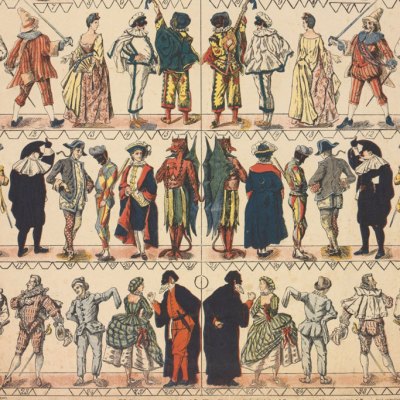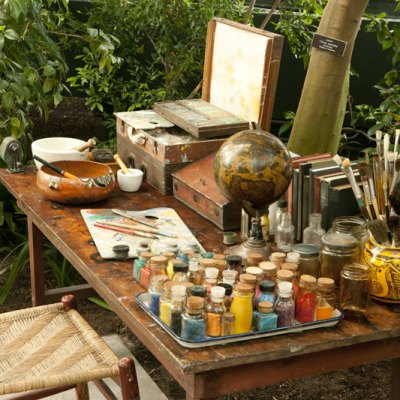As I shuffle along an eerie path through the no-man’s land at the back of the O2 arena I almost forget I’m on London’s latest sculpture trail, rather than on some dystopian city tour. Then, against a backdrop of redevelopments, decaying industrial buildings and empty multi-million pound apartments, Antony Gormley’s weighty lattice-like construction of rusted steel comes in to view. I’m approached by two women: they can see I’m clutching a map of the route and enquire about the sculptures in the direction I’ve just come from. It transpires that I’ve walked straight past two of the works without even realising.
I’m walking The Line, a brand new public art project that stretches from the Olympic Park in Stratford down to the O2 in North Greenwich. It’s the brainchild of art dealer Megan Piper and co-founded by Clive Dutton OBE, an expert in urban regeneration. The works on display – which are largely drawn from existing gallery collections – were selected by a panel including Mark Wallinger, Anita Zabludowicz and Omar Kholeif, curator at Whitechapel Gallery. On paper it’s a stellar line-up of some of the art world’s biggest names. In addition to Gormley’s piece (which has been in situ for some time but is incorporated into the route) are works by Damien Hirst, Thomson & Craighead, Richard Wilson, Martin Creed, and Sir Eduardo Paolozzi, to name a few. A sound concept combined with such an embarrassment of riches should be a recipe for an unmitigated success. But, as you might have gleaned from my opening anecdote, The Line is not without its problems. Whether these problems are of the teething or fundamental variety remains to be seen.
DNA DL90 by Abigail Fallis. Photo: Matt Brown/Flickr (used under Creative Commons licence [CC. BY 2.0])

Outdoor public art is often seen as something of a panacea for engaging otherwise hard-to-reach groups; art lovers can make the pilgrimage to see the works on display, and those not in the know will also stumble across them and be (hopefully pleasantly) surprised. But this particular route is a strange one. It connects one public white elephant (the Olympic Park) to a former public white elephant (the Millenium Dome), via semi-redundant estates, an Amazon warehouse and the £60 million Emirates Airline cable car, which is reportedly heavily underused by commuters.
The Line’s organisers should be lauded for attempting to inject some soul into a part of the capital that has seen local communities undermined in the name of redevelopment. But on its own, this smattering of sculptures amongst an otherwise unsettling backdrop is bound to struggle. The Line is imbued with a melancholic sense of London’s industrial past, and forces you to reflect on its myriad contemporary concerns. But for the most part the sculptures feel like they reflect, rather than transform, their surroundings: Gormley’s piece evokes the half-finished constructions around it; Sterling Ruby’s anvil-like work is similarly industrial; Richard Wilson’s is an actual slice of a rusting ship; Here by Thomson & Craighead is an unassuming street sign; even Abigail Fallis’s excellent DNA DL90, a giant double-helix of shopping trolleys, speaks to the modern malaise. It lacks the sublime or the truly awe-inspiring.
The Line’s website promises future commissions of site-specific works by local artists. This would be a welcome addition to the existing pantheon of big names, which should help to connect the project with the surrounding area and its communities. To be fair, many of the shortcomings are well beyond the remit of The Line’s organisers, and these things often take time to come to fruition. They should be commended for getting the project to this stage, but in many ways the work is just beginning. The last thing this area needs is another white elephant.
The Line sculpture trail is now open in east London
Related Articles
Comings and goings: Paolozzi and public art
Art Everywhere: which works will fare best on the billboards?
Art and Advertising: friends or foes?
‘Olympicopolis’ proposed for Queen Elizabeth Olympic Park
Lead image: used under Creative Commons licence (CC BY-SA 2.0)



